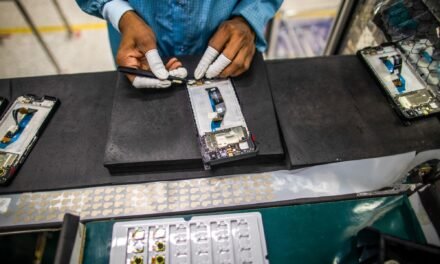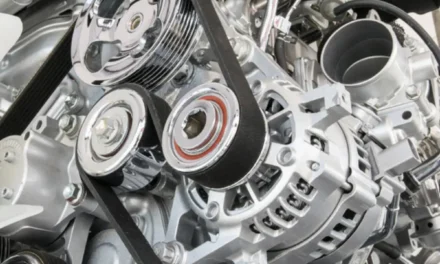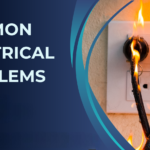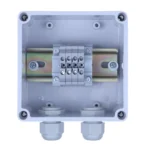The growing number of household fire cases in India has placed electrical appliances under intense scrutiny, prompting both regulatory bodies and manufacturers to focus on improving safety standards and raising consumer awareness. A significant increase in fire incidents related to faulty electrical appliances, including wiring issues, overheating, and short circuits, has raised alarms about the safety and quality of electrical devices used in homes across the country. With the expansion of appliance usage, especially in urban areas, concerns about appliance-related fire hazards have become a critical issue. These concerns have led to a heightened focus on safety regulations, better manufacturing practices, and consumer education to prevent such incidents.
One of the key factors contributing to these incidents is the growing prevalence of substandard and counterfeit electrical products in the market. Fake or poorly manufactured appliances often lack necessary safety certifications and are prone to malfunction, which increases the risk of fire accidents. This has led to calls for more stringent regulations and quality checks at both the manufacturing and retail levels. As a result, government agencies, industry bodies, and manufacturers are working together to ensure that safety features, such as overload protection, automatic shut-off mechanisms, and short-circuit prevention systems, are incorporated into electrical appliances.
In response to these safety concerns, consumer advocacy groups are urging buyers to exercise caution when purchasing electrical appliances. They are recommending that consumers look for certification labels from recognized safety authorities like ISI (Indian Standards Institute) or BIS (Bureau of Indian Standards), which ensure that the products meet the required safety guidelines. Additionally, there has been a push for more warranty and maintenance services, as regular upkeep can help prevent wear and tear that could lead to electrical failures.
Manufacturers are also increasingly prioritizing product innovation to enhance the safety of electrical appliances. Companies are integrating advanced technologies, such as smart sensors that can detect overheating or malfunctioning components, allowing consumers to receive early warnings before a device becomes a fire hazard. For instance, modern air conditioners, refrigerators, and heating appliances now feature built-in auto-cutoff switches that shut down the appliance when overheated, significantly reducing the risk of fires. The introduction of such safety features is helping manufacturers regain consumer trust and improve the reputation of the industry.
In the long term, as appliance usage continues to grow, electrical appliance safety will remain a top priority. The industry’s focus on enhancing quality control, investing in safety features, and raising consumer awareness is expected to mitigate the risk of household fires. With continued collaboration between government authorities, manufacturers, and consumers, the goal of making homes safer while ensuring the widespread adoption of electrical appliances can be achieved. This will not only protect families but also foster a safer and more reliable appliance market across the country.














